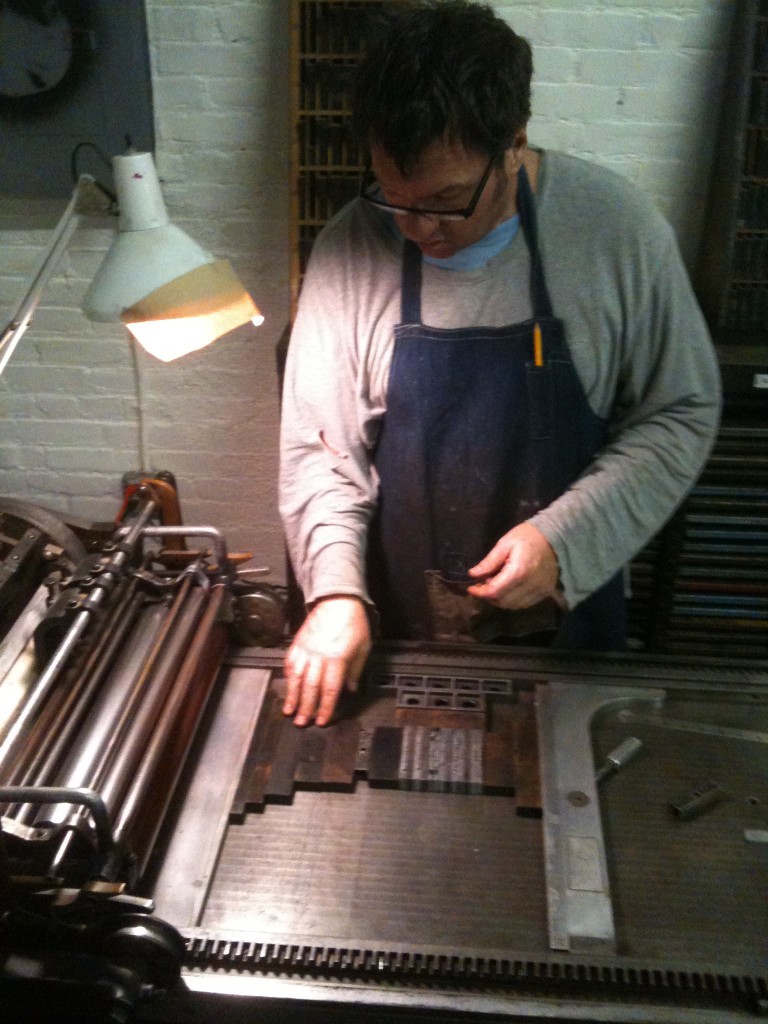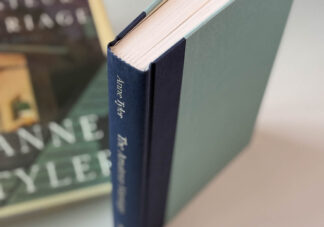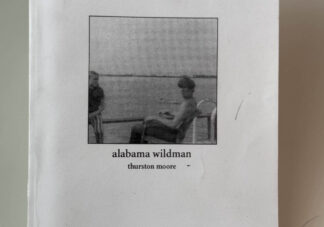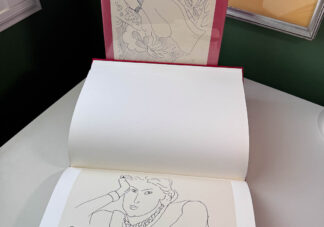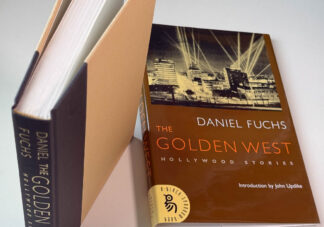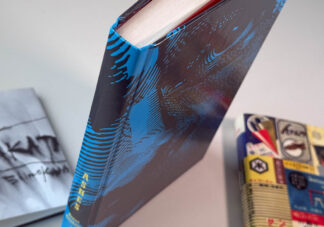I’m not sure how or when I came across Joe Maynard.
I’m positive I knew Beet before I knew Joe, and I’m thinking I got a hold of him after reading some of Tsaurah’s Blessing Poems in his little mag. We started a bit of correspondence not long after, and we kept it up for a bit. We tried to meet up for a beer, when, in the summer of ’95, I was in NYC for the Kerouac Conference. We never did make that meeting, and I’ve not been in touch with him for quite some time…not until the Armory book fair in NYC, which musta been 2005.
In addition to Beet, Joe Maynard edited and published Pink Pages; it was a superb little mag that specialized in naughty stories. Erotica. That sort of thing.
I found this bio on a website that had some of his work: his poetry and fiction have appeared in Long Shot, Lungfull, and Exquisite Corpse, among other places. His entire life is contained within four square miles between Brooklyn, Queens, and Manhattan with only an occasional leak here and there.
Viva Atlantic City!
Grampa Odis is Joe Maynard’s book the synaesthesia press published, and now it’s out of print. I can’t recall how many copies I printed.










